Keeping yourself constantly inspired as a visual artist is essential to building a portfolio and to creating better, stronger, more interesting work. However, artistic inspiration doesn't always exactly fall from the sky.
Taking on a daily, weekly, or monthly project can really help to enhance creativity and add excitement to your photography.
Try this 30-day photo challenge with yourself or with friends. Maybe you belong to a camera club, an online photographic community, or a friend group with several other photographers. You can use this challenge as a tool to learn from one another by sharing your work for gentle critique and you’ll see how even with the same photographic subject, each person has a unique perspective.
This 30-day photo challenge is a perfect way to expand your photographic style, enhance creativity, and inspire. Play! Experiment! Follow the rules, break the rules, relax, and most importantly have fun!!
1. Self-portrait
Photographers, sculptors, and painters have experimented with the art of the self-portrait for literally hundreds of years. Although it is likely that self-portraiture has been created since the dawn of human existence, art historians document Renaissance painters as the first to consistently depict themselves as the main subject in their art, due to the advent of better and more inexpensive mirrors.
With the invention of the smartphone and the "selfie,” self-portraiture is more common than ever before. Things to consider when taking a self-portrait: mood, emotion, angle, lighting, and location. Interesting self-portraits reveal something about the maker to their audience. Choose a setting that reflects something about who you really are. Is blue your favorite color? Wear a blue top. Are you a sailor? Position yourself on the docks in front of a row of boats. Select a background or an outfit to represent things that speak to you.
Remember that a successful self-portrait not only shows what you look like at a particular time in your life, but it also represents your inner state of being and your feelings. Once you have experimented with your best angle and gotten yourself situated nicely in the frame (remember the rule of thirds), then you can begin to work with your emotions and take a few frames expressing different thoughts in your photograph. Try an image while thinking of something that makes you incredibly joyful. Then try thinking of something sad. A portrait is about expressing what is within and deciding what story you want to share with your audience.
If you are using a full frame camera, an 85mm lens is a very nice portrait lens, but anything longer than 50mm on a full frame or 35mm on a crop sensor will make for a nice portrait lens as it will maintain the dimensions of the face and not elongate or distort larger features like the chin and nose. Self-portraits are best made with the use of a tripod, and a self-timer setting on your camera. Once you have selected your scene, position yourself in good portrait lighting (natural side light can be very nice for a self portrait).
2. Black and White
Now with the prevalence of digital photography we live in a more colorful world than ever before. Experiment with black and white imagery by either taking a color image and using post production to desaturate or a filter to turn your image into black and white, or use your Monochrome Picture Style setting on your Canon DSLR or M Series Camera (you will be able to find instructions for this setting in your camera manual). With black and white photography the focus should be on form, details, highlights and shadows. Geometric shapes and sharp angles are a fantastic subject for black and white photography. The more dramatic those are, the more interesting your image will be.
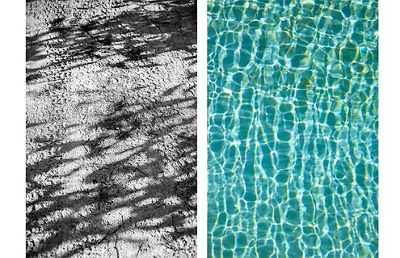
3. Water
In this challenge water can be photographed in a multitude of ways. Use water as a source of reflection with a wide-angle lens, revealing the subject and the scene below. Then photograph just the reflection and showcase the interesting distortions the ripples of water can produce. Photograph water droplets on a counter, a leaf, or even a shower door with a macro lens. Look at the stunning color and shadows water makes in a swimming pool.
4. Night scene
Busy city scenes and bucolic starry night skies make for some of the most dynamic night photography. Use a tripod and a long exposure to capture your surroundings. Shutter priority mode (TV on the mode dial) is best for this photography.
5. Geometric patterns
You will find these everywhere, even in nature. Spend some time photographing smaller details of a larger item and find patterns. Expand your view and look at a normal scene from above. Aerial photography (even from a ladder or balcony) can lend itself well to geometric shapes.
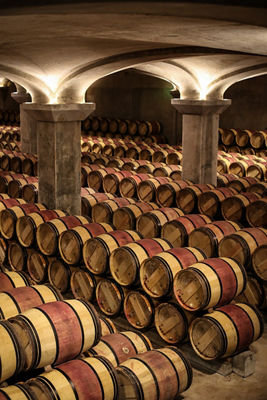
6. Hands
Use a macro lens and photograph the detail in the hands of someone very young, and then the hands of someone very old. Skin texture changes with age and of course this makes for interesting imagery. Photograph hands at work, hands resting on a leg, the arm of a chair. Photograph hands holding a bowl of fruit. Photograph hands using scissors.
7. Red
Red symbolizes a multitude of emotions and feelings. It is one of the most emotive colors, so purposefully using red in your imagery can be very powerful. If you are photographing a landscape you can add a figure in a red jacket to show the scale of the scene.
The viewer's eye will instantly be drawn to the red figure, so place them purposefully. Are they walking into the scene and drawing the viewer in with them? Are they walking out of the image, causing tension for the viewer?
Spend a few hours noticing how often red is in your proximity. Create drama in your image by using red to express lust, violence, or anger. Try using a red light bulb too. Look to flowers, a lipstick, tiles on a building, fire hydrants, street signs. Use the saturation slider in post-production to amplify the color in your image. You can also desaturate other colors in your image a little or quite a lot to emphasize the bold quality of red.
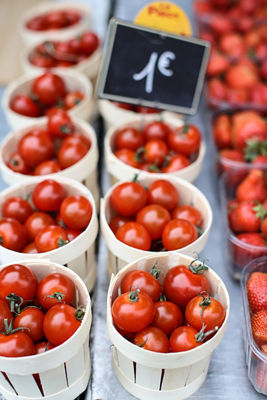
8. Blue
Blue offers a calm, cooling effect. Look to the sky, the ocean, streams, and pools for inspiration.
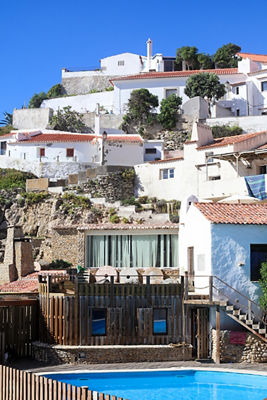
9. Circles
Circles are found throughout nature, in city architecture and elsewhere. Spend the day looking for circular shapes to see the patterns that you can find within the circles upon circles upon circles. You can begin by dropping a penny into a sink full of water and photographing the natural ripples that occur.
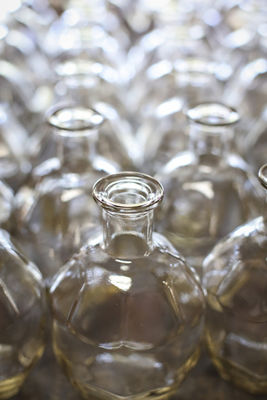
10. Triangles
These aren't as easy to find in nature, but you can spot triangular shapes in city architecture again and again. Look for them in body posture and in between people as in the example above!
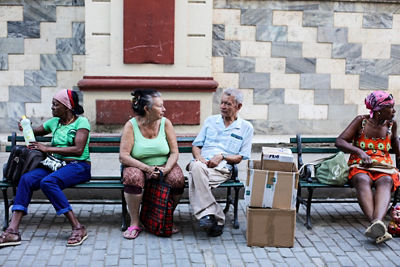
11. Clouds
Spend the day photographing the many different formations of clouds. Go out at sunrise, noon, and then sunset. Use a tripod and a wide-angle lens for best results.
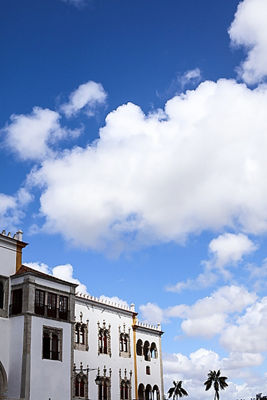
12. Animals
People love photos of pets. Get close, show intimate expression through sharpness in the eyes (set your focus point on the facial area of the animal). Get down on their level.
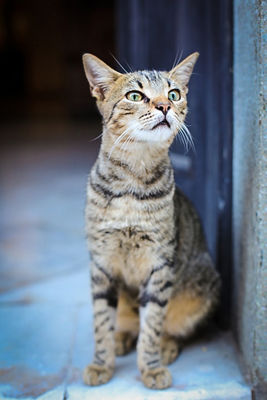
13. Self-portrait not showing your face
How can you represent yourself without showing your actual face? Find a scene or items that really speak to who you are and spend some time illustrating yourself without showing your face.
14. Close-up of eyes
Use a macro lens for this challenge. Find a willing subject and spend some time photographing the eyes, suggesting that your subject contemplates a variety of emotions. Have your subject think of something very joyful. They don't have to share what they are thinking with you. Maybe it’s their favorite food, their best summer vacation, their closest friend. Next have your subject recall a sad memory and see how the appearance of their eyes changes. Often people's eyes will change color slightly depending on mood, and the color they are wearing. Bounce light into your subject's eyes with a reflector or with the use of an off-camera flash.
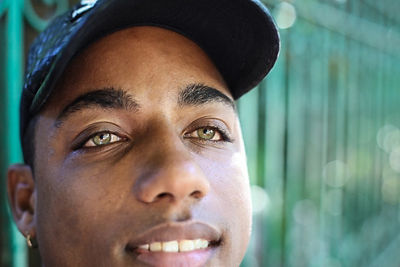
15. Summer
Regardless of what season it actually is, you can create the feeling and mood of any season in a thoughtful vignette. Summer is your first challenge. Begin with a flat surface like a piece of colored poster-board. Take yellow for example. Yellow is bright and cheerful and represents the sun. Find items for your still-life like sunglasses, a bathing suit, flip flops, and sunscreen. Maybe even include droplets of sand. Experiment with arranging this vignette until it suits you. Try shooting from overhead with a wide lens while using a tripod. Arrange your items in orderly grids for best results.
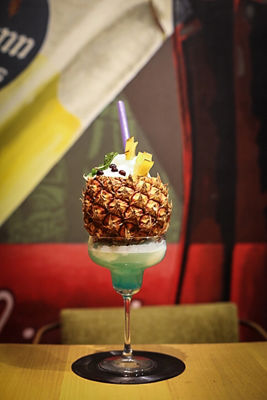
16. Fall
Photograph this still-life from a 3/4 position or from overhead, like your summer image. Use a tripod and a macro lens, or a regular lens like a 50mm. Select colors for your backdrop that represent the changing of leaves like oranges, yellows and reds. The fall is about nature, and using tans and rich browns will convey the fall as well.
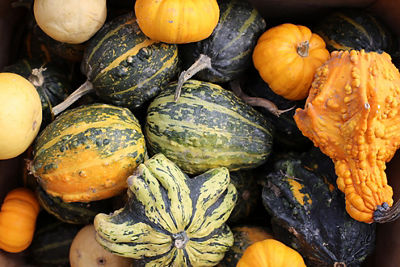
17. Winter
Whites, silvers and light blues best represent winter. So much of winter is about soft, cozy, and textural.
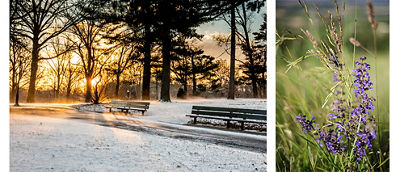
18. Spring
Look for light pastels, florals, bright greens, and even baby animals.
19. Headshot
Headshots are used for so many purposes now, from dating websites to career searches and more, so it is good practice to have these in your portfolio.
Typically photographers produce outdoor headshots with natural lighting or a fill-flash, or indoor headshots with strobe lights. Remember that in headshot photography the emphasis is on the face of your subject and the cleaner, less complicated the background, the stronger the images will be. Headshots look best on simple white or black backgrounds when indoors. When outside it is useful to use a wide aperture to blur the background and separate your subject. Headshots are typically waist up. You can pose your subject in a variety of ways to showcase their best traits. Use a lens that's 50 mm or longer on a full-frame camera, and 35mm or longer on a crop sensor to maintain the proportions of the subject's features. Suggest that your subject wear solid colors, and consider having hair and makeup professionally done.
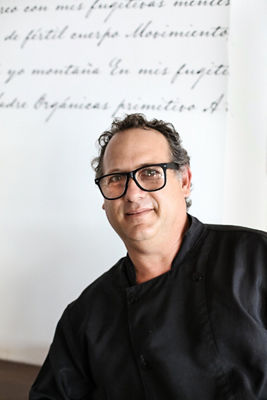
20. Landscape
By using the rule of thirds, good landscape images do not always need to include the sky. Be sure to have straight horizons (a tripod can help with this and using the grid lines in your camera is helpful as well). Remember that light is important and that the Golden Hour (the first and last hour of sunlight in the day) is the best time of day for landscape photography.
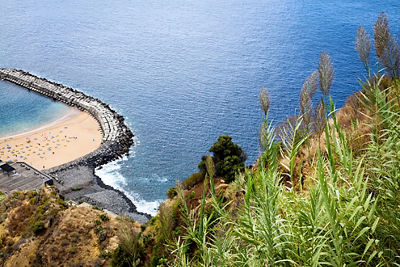
21. Reflection
Photograph a reflection in a mirror, a puddle of water, a glass door, a swimming pool, a metal surface, etc. This image can be as abstract as you would like. A reflection doesn't have to be an exact mirror of reality, but can be an artistic representation of your subject. Have fun with this! Capture your subject and its reflection, and then take an image capturing just the reflection alone.
22. Silhouette
A classic silhouette is a fantastic addition to your photographic portfolio. When you think of a silhouette, look to an interesting and colorful background to outline your subject. The use of gestures can be an incredibly dynamic feature of silhouette photography. If your subject is walking or biking across your frame wait until the moment in which they are bending arms and legs rather than standing still. The more dramatic the angle of your subject's limbs, the more interesting the silhouette will be.
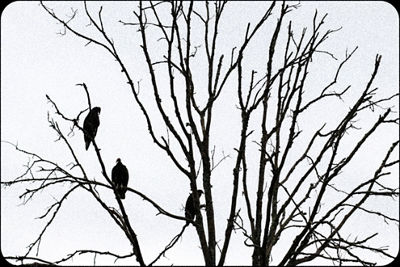
23. Texture
Texture is everywhere and can be a fun way to take something very regular and make it extraordinary.
24. Food close-up
Food photography is more popular than ever before. Use this challenge to focus on the details of food. Show the dripping of an ice cream cone, or the condensation on a glass of sparkling wine. Photograph the melting cheese on a burger, or the sesame seeds atop the bun. A macro lens is the tool for close-up food photography, and natural light can look incredibly beautiful. Side light your dish for nice results.
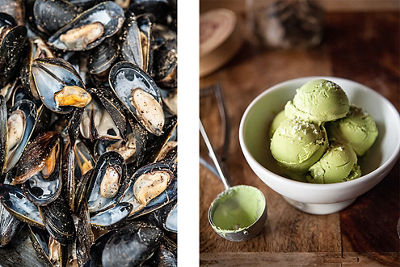
25. Food scene
Food photography is more than simply photographing a dish – it’s also about its setting, its maker, and the overall presentation. Use this challenge to tell a greater story in your food image. If you are at home you can create a kitchen scene with stacks of plates, ingredients in colorful bowls, and the finished plated dish in the foreground of the scene.
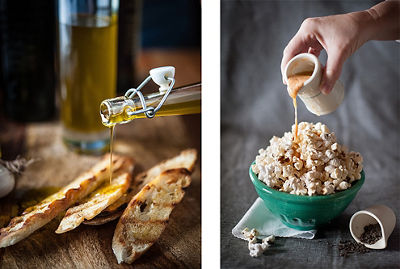
26. Light painting
Painting with light is fun! You will need a dark room or the night sky, a flashlight or an LED, a tripod, and a slow shutter speed. To accomplish light painting you will need to set your camera up on the tripod. Take a sample shot using your flash so that you know your composition is what you would like it to be. Set the exposure to something like one second (but this will take a bit of experimentation to get the exact speed that you need - might even be two seconds). Next click the shutter button, stand in front of the camera with your flashlight on and "paint the sky." The camera won't see you, but it will see the trails of light that you leave behind. Try painting a name, or a star, or a fun circle. This might take a few attempts to get the image that you want, but it is about experimentation, letting loose and having fun.
27. Create motion
Shutter Priority is an easy way to create and stop motion. Also don't be afraid to put your camera on a long shutter speed and experiment with spinning in a circle or carefully swinging the camera around by the strap. This challenge is about being playful and trying new ways to create motion within your imagery.
28. Stop motion
Shutter Priority Tv mode can help you to stop motion as well. It's fun to have a subject jump, dive, or spin and see the difference when you stop this motion with a fast shutter speed, and when you use a long shutter speed. The faster your shutter speed, the more you will stop motion. A shutter speed of 125th or more will really begin to stop motion in your photograph. Try using your shutter mode incrementally and look at the difference you get from your first image to your last.
29. Shallow depth of field
Use the Aperture Priority Av mode on your camera’s mode dial is the easiest way to create a shallow depth of field in your photograph. The wider the aperture is (smaller number), the more blurred your background will be. If you photograph your subject (say a box on a table) from f/22 incrementally to f/2.8, you will see a dramatic difference between the background in your first image and your final image.
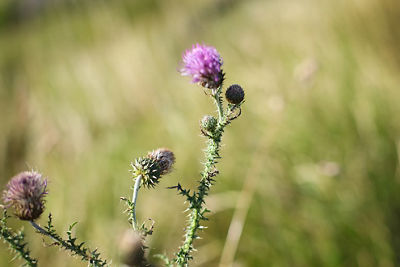
30. Your choice!
Come up with a subject that excites you and photograph something every day! Use this list when you are looking for ideas, and jump start your daily photography! Keep going, have fun, and be creative! It's ok to break the rules as long as you are taking photos!
Photographing for a wide and varied range of clients has allowed Liza to refine her ability to tell strong visual stories that support both the vision of a creative director and brand integrity. In 2014, she worked as the Senior Digital Photographer for Williams-Sonoma where she helped to define the new look of their eCommerce site, and has also photographed for clients including Restoration Hardware, Party City, Safeway, and Hyatt Hotels, among others. Liza is a Getty Image Contributor, and has photographed eight cocktail and food cookbooks for numerous publishers in the US, including Random House.
In 2010, Liza was Governor Jerry Brown's campaign photographer, and in 2014 was the lead photographer for the RedBull Youth America's Cup Team NZ2. Many of her additional clients have included celebrity chefs, wineries, beverage brands, restaurants and more.
Liza's passion for storytelling extends beyond her photography into writing, with many published essays in top magazine and newspapers.
Liza is honored to contribute to Canon USA.
Published books include:
- The Good Cook's Book of Tomatoes (SkyHorse Publishing). 2015
- The Good Cook's Book of Mustard (SkyHorse Publishing). 2015
- The Good Cook's Book of Oil & Vinegar (SkyHorse Publishing). 2015
- The Good Cook's Book of Salt & Pepper (SkyHorse Publishing). 2015
- The Good Cook's Journal (SkyHorse Publishing). 2015
- More Than Meatballs (SkyHorse Publishing). 2014
- Be Fabulous At Any Age (Lions Gate Corporation). 2013
- San Francisco Entertains; The Junior League of San Francisco’s Centennial Cookbook (Favorite Recipes Press). 2011
- A Taste for Absinthe (Clarkson Potter, a division of Random House). 2010
Liza's Publications include: Maxim.com, SI.com, Outside Magazine, Huffington Post, Wine Spectator, NBC Bay Area, Chicago Sun Times, C Magazine, Daily Candy, SF Gate, San Francisco Chronicle, Seattle PI, Tasting Panel Magazine, Food & Wine.com, Marin Magazine, 7x7, Fairfield County Look, Eater SF, Destination I Do Magazine, Grace Ormonde Wedding Style, Bloomspot, Beer Connoisseur, Wine X Magazine, Publisher’s Weekly, Table Hopper, Nightclub & Bar, Gig Salad, Tasting Table, MindFood (Australia and New Zealand), VSCO, and Food Arts Magazine to name a few.




